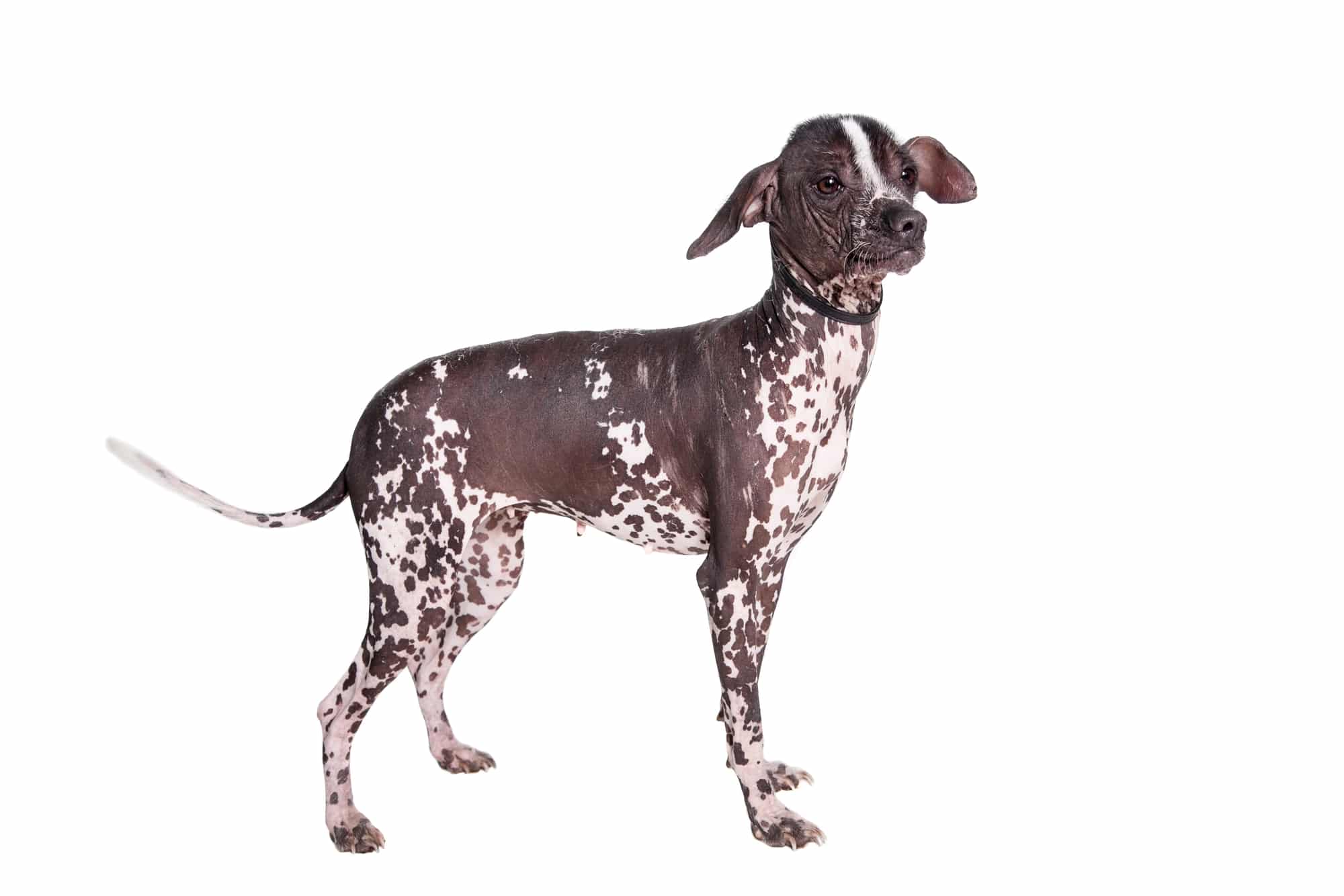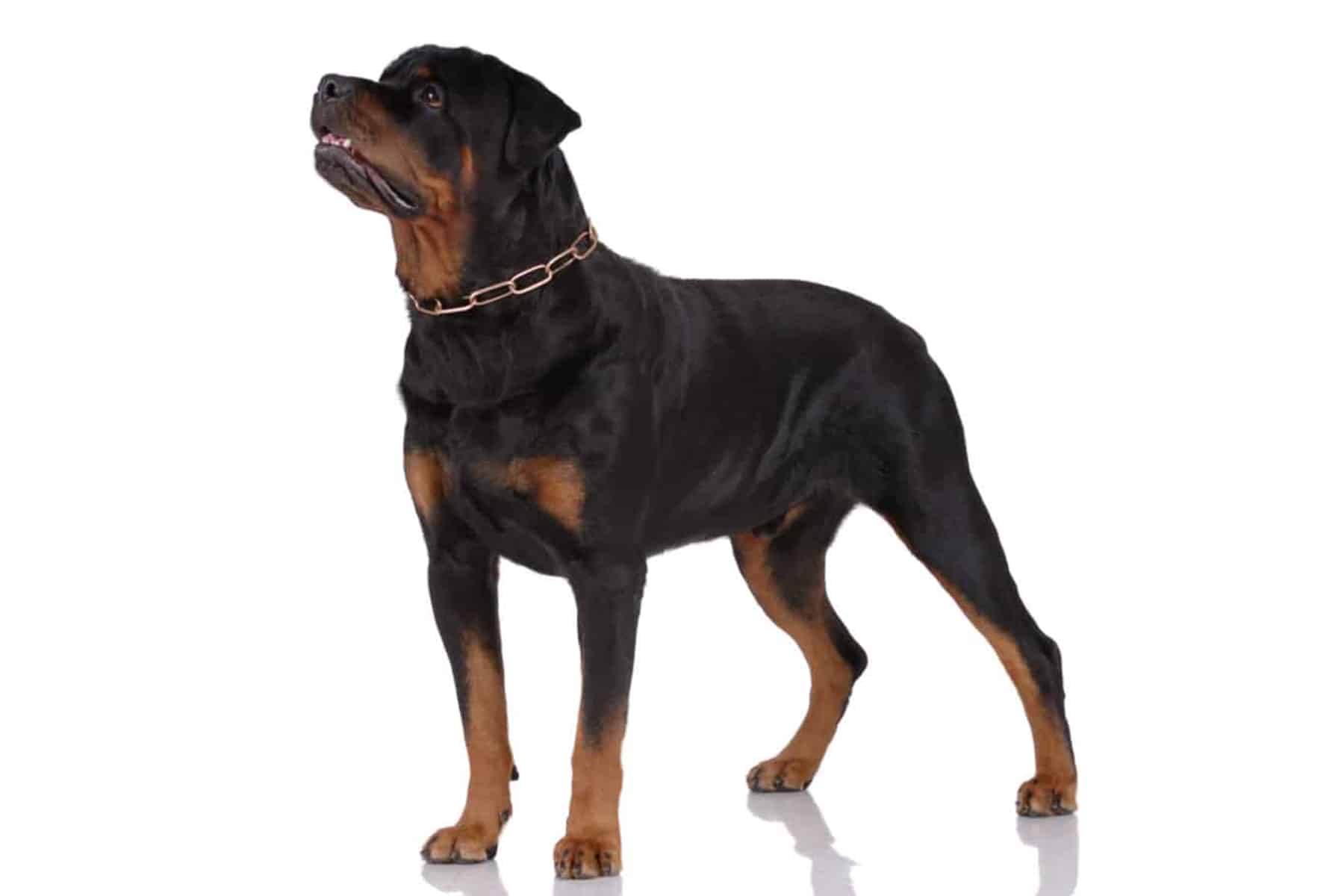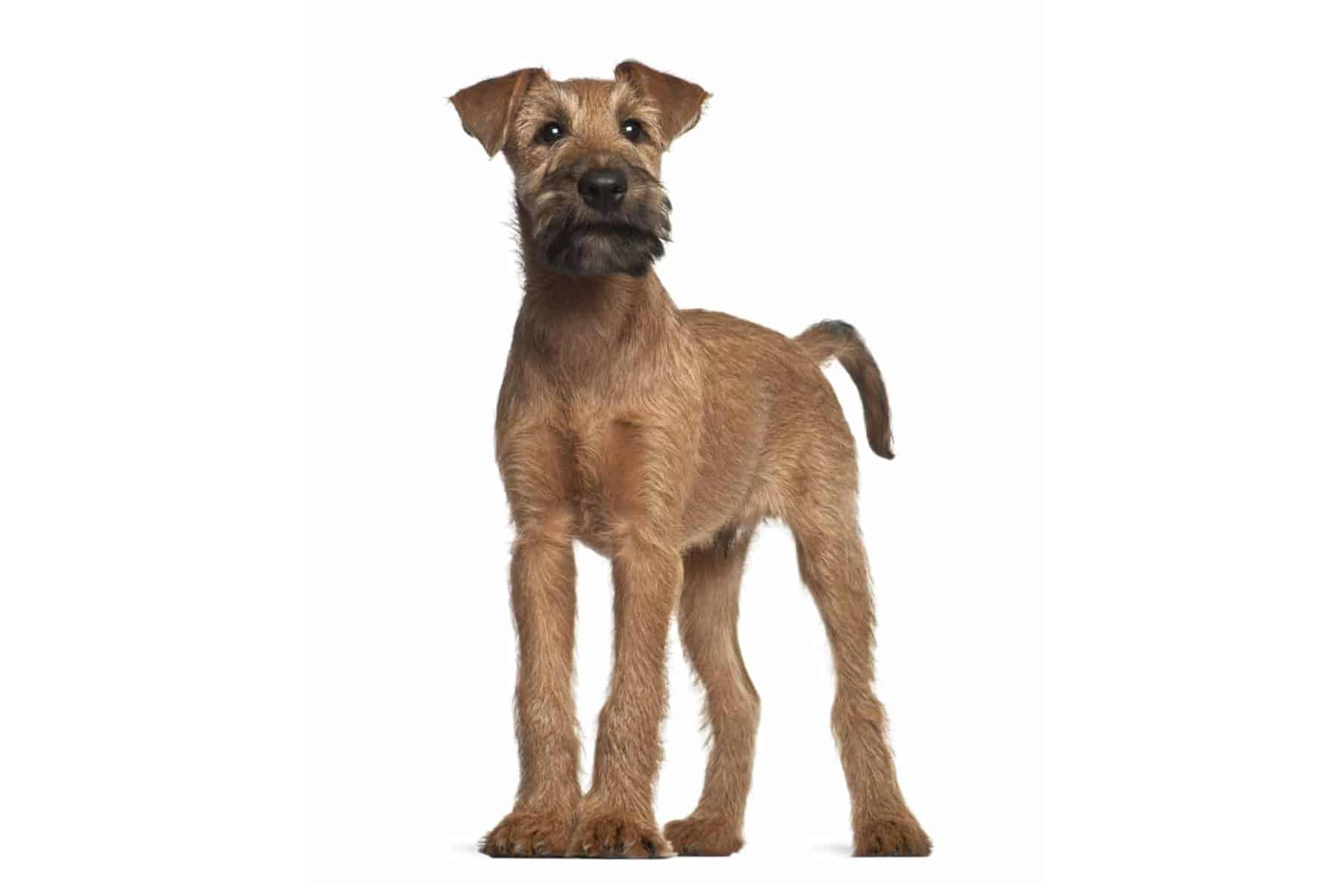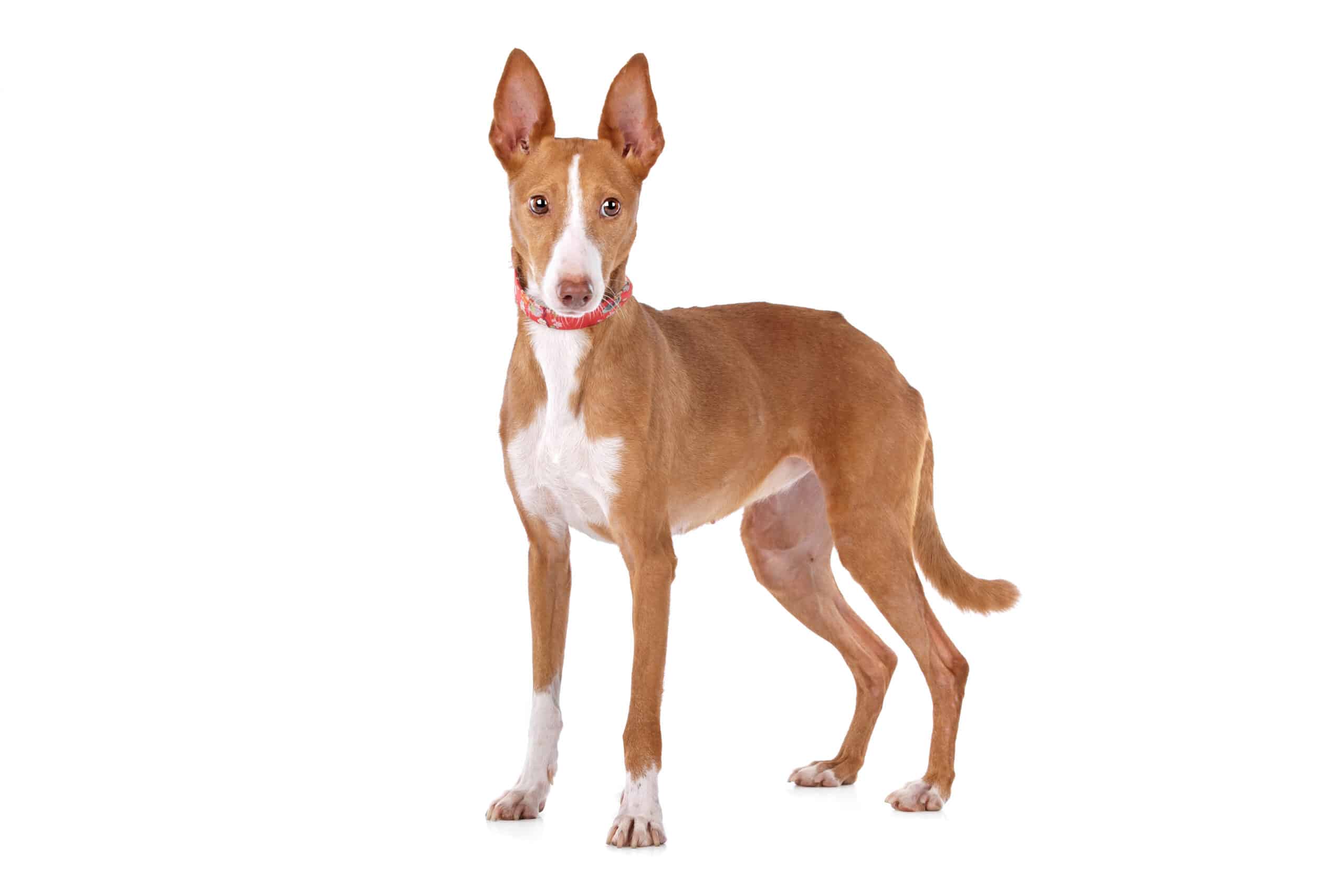Finnish Spitz
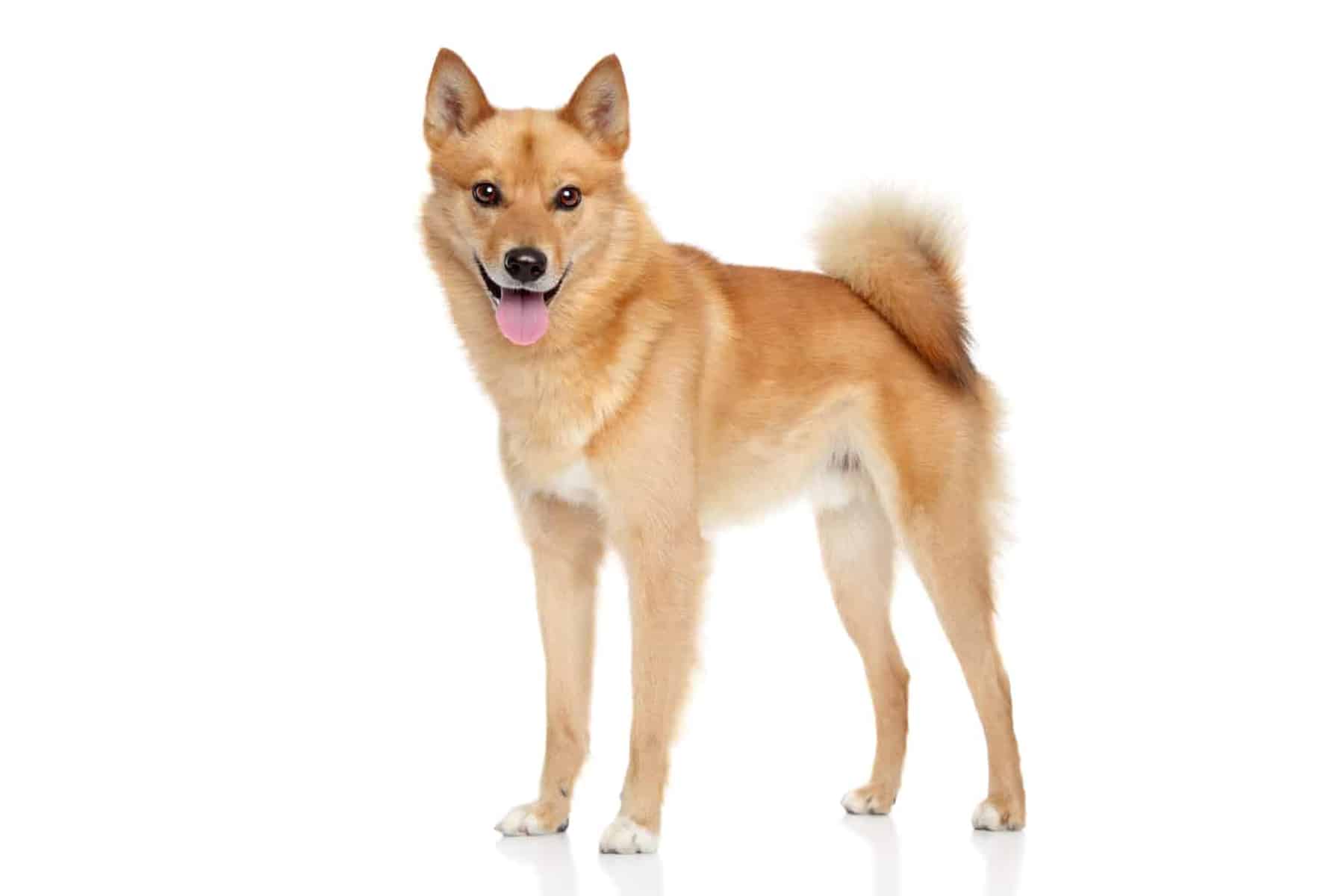
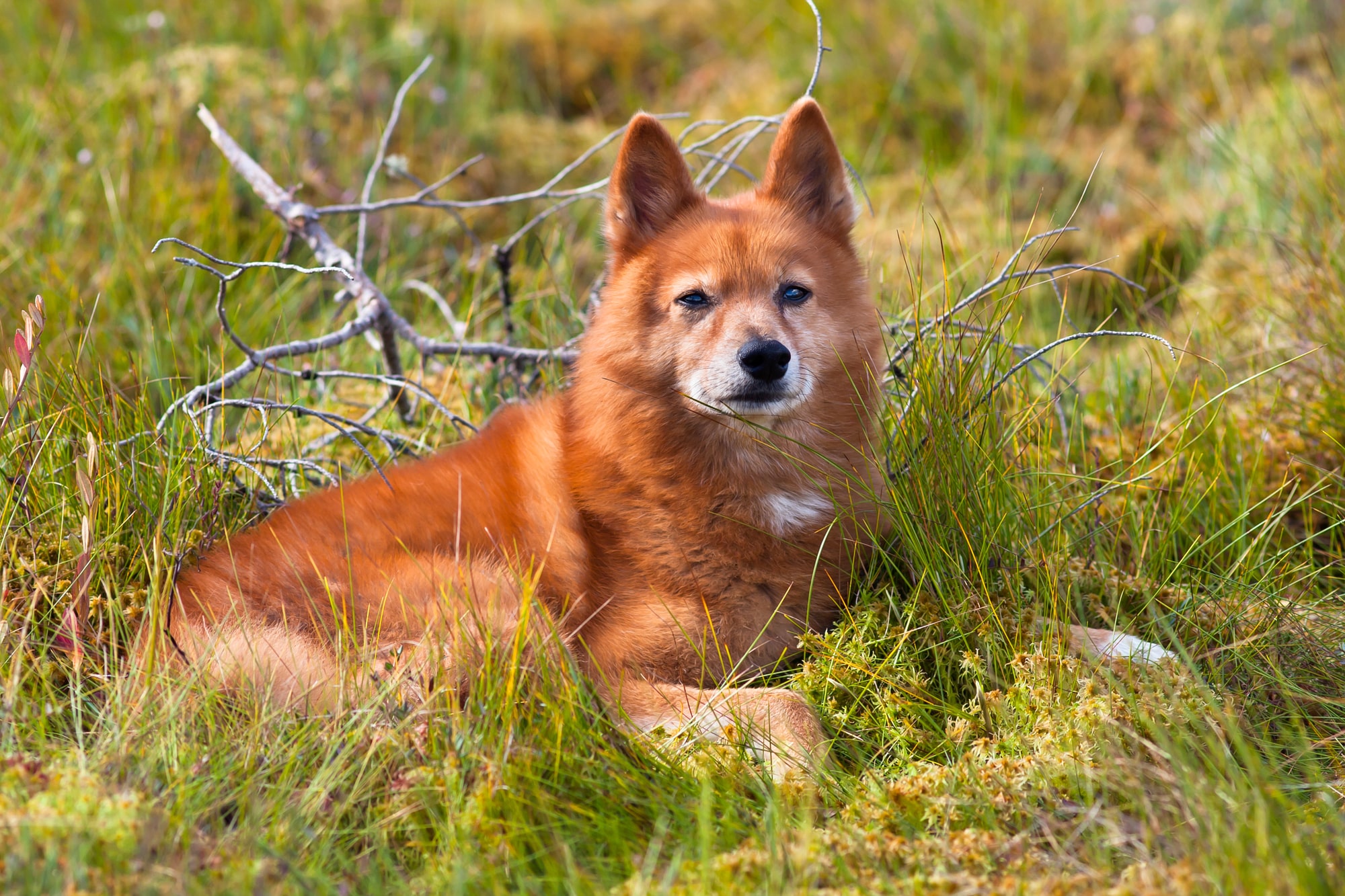
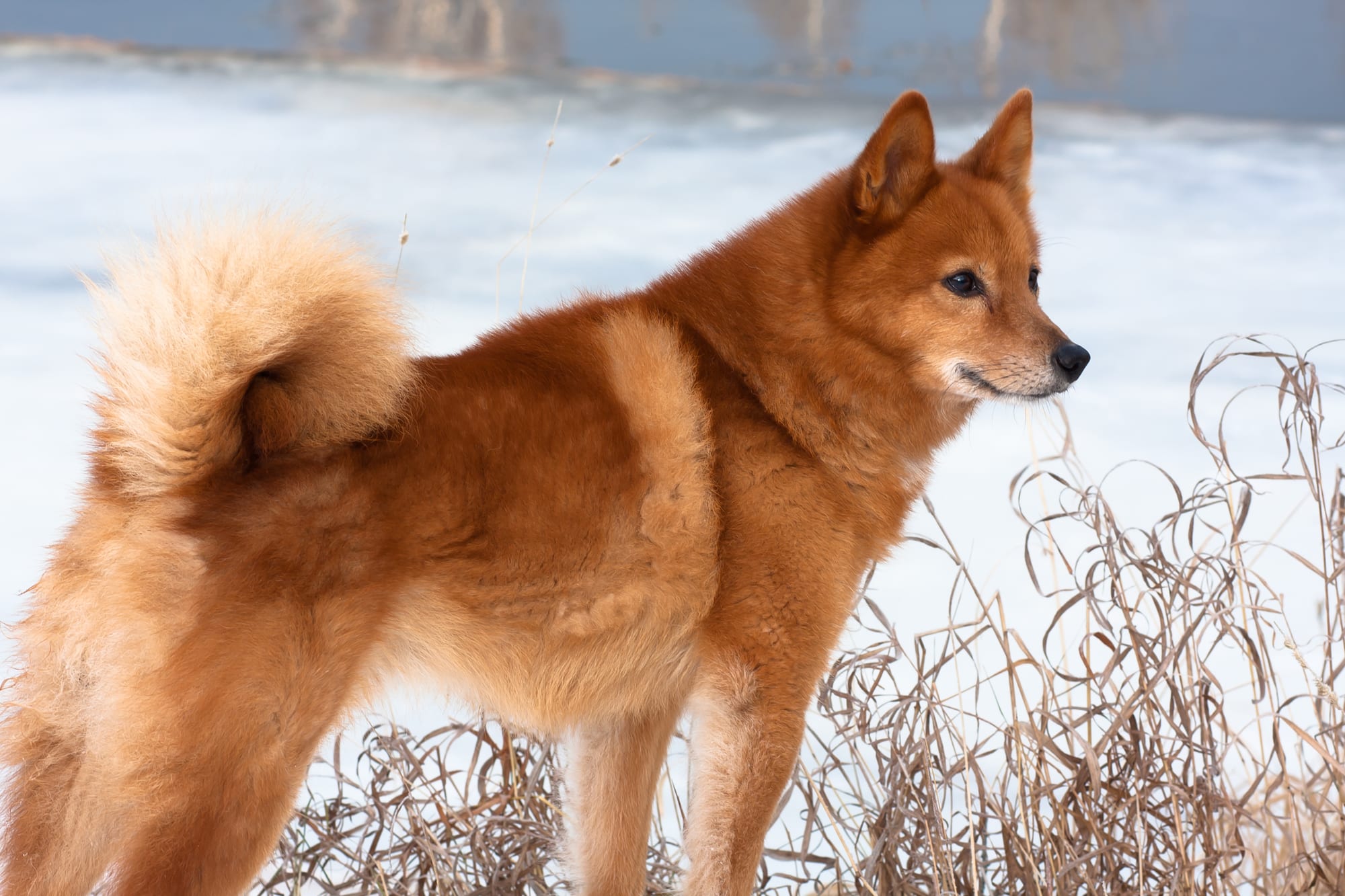
Temperament:
The Finnish Spitz is rather rare in Germany. Yet the national dog of Finland is known as a perfect family dog and sports partner. Anyone interested in this robust and very self-confident breed should have the patience for consistent training. In return, you will be rewarded with an extremely loyal and good-natured partner.
Characteristics
The Finnish Spitz is a medium-sized breed from the Spitz group and has their typical anatomy. The muzzle is long and pointed, the tail is upright and carried over the back.
The coat is straight, stiff and relatively long. Due to the harsh climate in its original environment, the Finnish Spitz has a dense undercoat. The top coat is reddish brown to golden brown, slightly lighter on the chest, belly, legs and face. With this coloration, it is somewhat reminiscent of a robust fox.
The Finnish Spitz is a compact dog with a shoulder height of approx. 40-50 cm. Depending on size and sex, it can reach a weight of 7 to 13 kg.
The breed is very lively and wants to be kept busy all the time. It does not tolerate loneliness. The Finnish Spitz is therefore particularly suitable as a companion and family dog. However, it should not be the only dog in the family. He is very enthusiastic about sporting activities and long walks.
Despite its rather small size, the Finnish Spitz is also well suited as a guard dog, as it is considered courageous and self-confident. Its characteristic barking nature makes it particularly valuable in this area.
The Finnish Spitz has a reputation for barking. This characteristic is important for hunting in the deserted Finnish countryside. In the densely populated residential areas of Germany, however, it can quickly become a nuisance. The Finnish Spitz is therefore more suitable for spacious gardens and rural areas than for cramped city apartments. However, with consistent training from an early age, the barking of this breed can also be reduced to a tolerable level.
However, this training must be very consistent, as the Finnish Spitz likes to get its own way. But if you challenge its high intelligence in a playful way, you can look forward to a loyal partner.
He may be a hunting dog with activity and alertness in his genes. Nevertheless, the Finnish Spitz should not be neglected when it comes to petting. They can become very cuddly and need constant contact with their human pack.
Coat care:
Shedding:
Energy level:
Trainability:
Children suitable:
The right food
When choosing food, make sure that it contains high-quality ingredients, is balanced and meets your dog's requirements. Age, size or weight, activity and health status play an important role. You should follow the manufacturer's recommendations for the amount of food.
Treats should only be fed in moderation and deducted from the basic diet to avoid obesity.
Puppies can be fed 4-6 times a day. The number of meals should be gradually reduced to 2 per day until the dog is fully grown. A rest period should be observed after meals.
Fresh drinking water should be available at all times.
Health & Care
Regular basic medical care is essential for every dog. This includes routine examinations by the vet, vaccinations and worming.
The coat of the Finnish Spitz is relatively easy to care for and almost cleans itself. Nevertheless, the coat needs care.
As a breed of the far north, the Finnish Spitz is well adapted to the changing seasons. This is noticeable through an intensive change of coat in spring and fall. At this time at the latest, you should definitely help your dog with grooming. Daily brushing is a must. Outside of the shedding period, it is sufficient to brush your dog once a week.
Claw nippers are particularly recommended for older dogs. Unwanted claw growth can also occur in dogs that mainly walk on soft surfaces. Check your dog's claws regularly. If they become too long, intervene to support them.
As a breed that spends a lot of time outdoors, the Finnish Spitz is naturally susceptible to ticks. Therefore, get into the habit of checking your dog for ticks when playing and cuddling. Fortunately, the Finnish Spitz's coat is relatively light in color, so ticks are easy to find. Always take tick tweezers with you on walks so that you can intervene quickly. At home, it's best to check the coat again thoroughly.
Last but not least, dental care should not be neglected. Special chewing bones, dog toothbrushes and regular veterinary check-ups help to keep your dog's teeth healthy for a long time.
Suitable accessories
Only choose a Finnish Spitz if you lead an active life yourself. As a hunting dog breed, the Finnish Spitz enjoys plenty of exercise. It can accompany you on long bike rides or daily running training. They hardly tire even after long periods of exercise.
The Finnish Spitz also wants to be kept busy at home. Make sure he has enough toys that he can use both indoors and outdoors. You can encourage his strong hunting instinct with robust fetch toys. Make sure that it can withstand the claws and sharp teeth a little longer.
Also have treats ready to reward your dog with.
The Finnish Spitz quickly gets bored with repetition. So make sure you have a variety of toys and always new exercises. Agility could become your new hobby. However, your dog may also like toys where he has to use his brain to get the reward.
Other accessories that are part of every dog's basic equipment: collar or harness with lead, dog basket or dog mat as a retreat, water and food bowl, tick tweezers, claw clippers, mild dog shampoo, brush and comb, toothbrush and toothpaste for dogs, transport box for transportation in the car and a first aid kit. Ask your vet what belongs in the first aid kit.
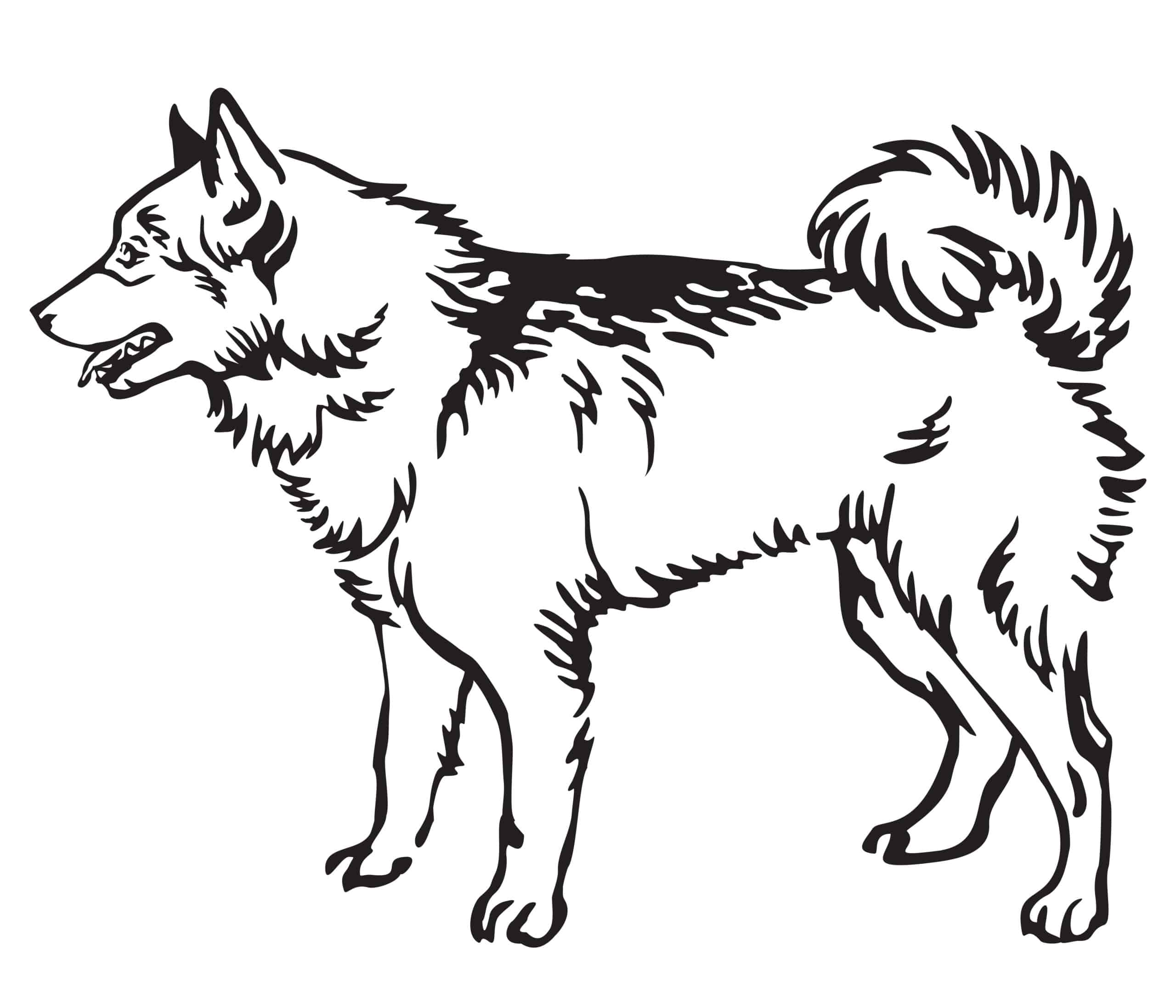
Origin & History
As the name suggests, the Finnish Spitz originated in the far north of Europe. The exact time of origin of the breed is not known. However, it is likely that dogs of this type have been used to hunt game in Finland for centuries. They also served the population as loyal companion dogs.
The Finnish Spitz has proven itself particularly well when hunting waterfowl, capercaillie and black grouse. A typical characteristic of the breed is its barking ability. This enables it to indicate game to the hunter even in the treetops. In the vast Finnish landscape, a clearly audible acoustic signal can even be vital for survival.
The first breed standard for the Finnish Spitz was established in 1892. At the beginning of the 20th century, the breed was also introduced to Central Europe, the USA and England. There, however, the Finnish Spitz was no longer used for hunting, but served primarily as a pet and family dog.
The Finnish Spitz has been the national dog of Finland since 1979. The breed is still widespread in Sweden and Finland today. Outside of the Nordic countries, however, it is rather rare.
Especially in Russia, the breed is often referred to as the Karelo-Finnish Laika. It was not until 2006 that Spitz and Laika were merged and are now considered one breed.
